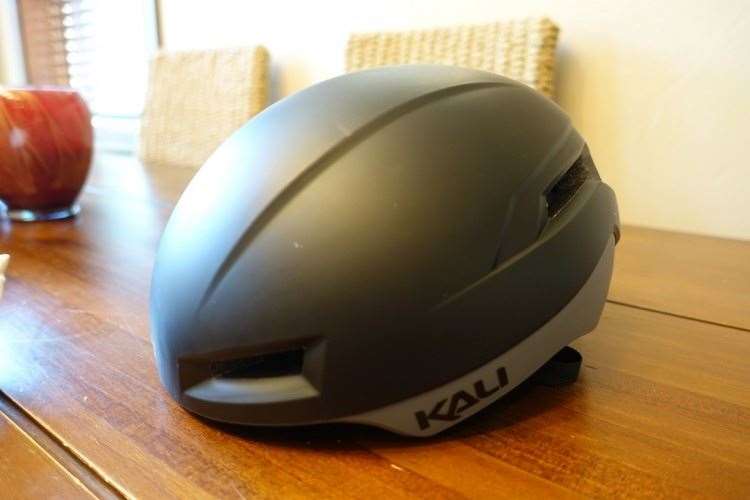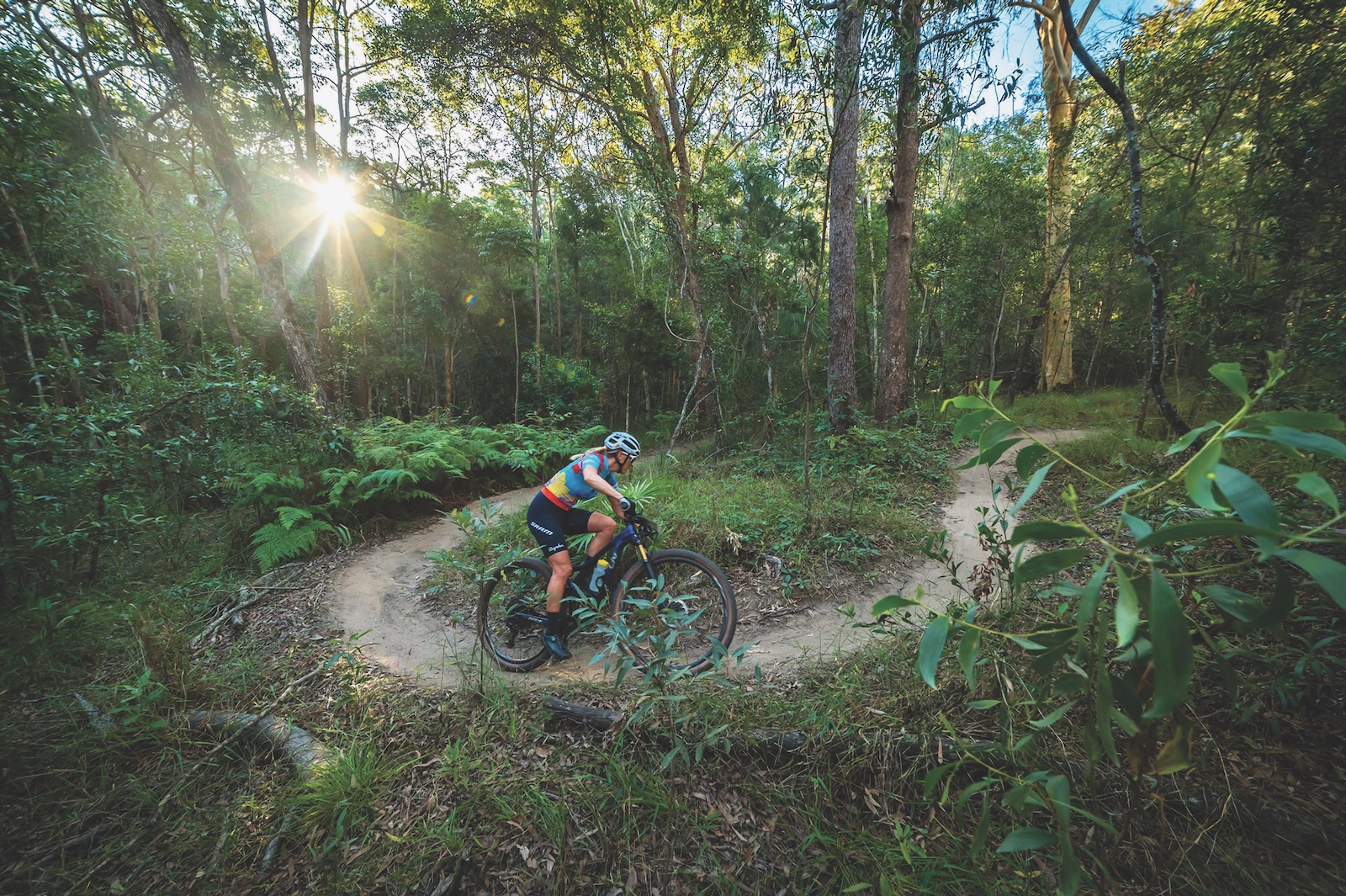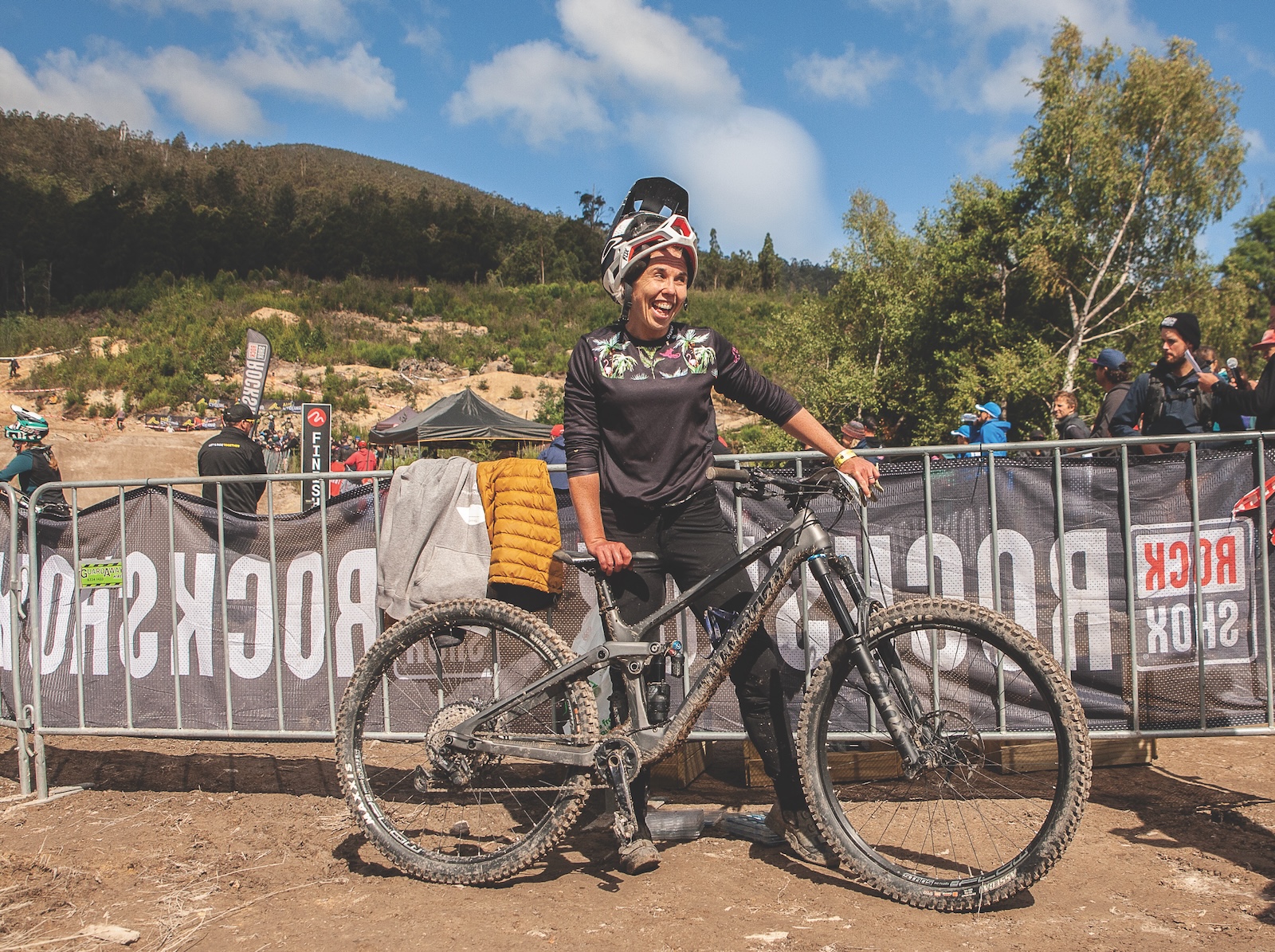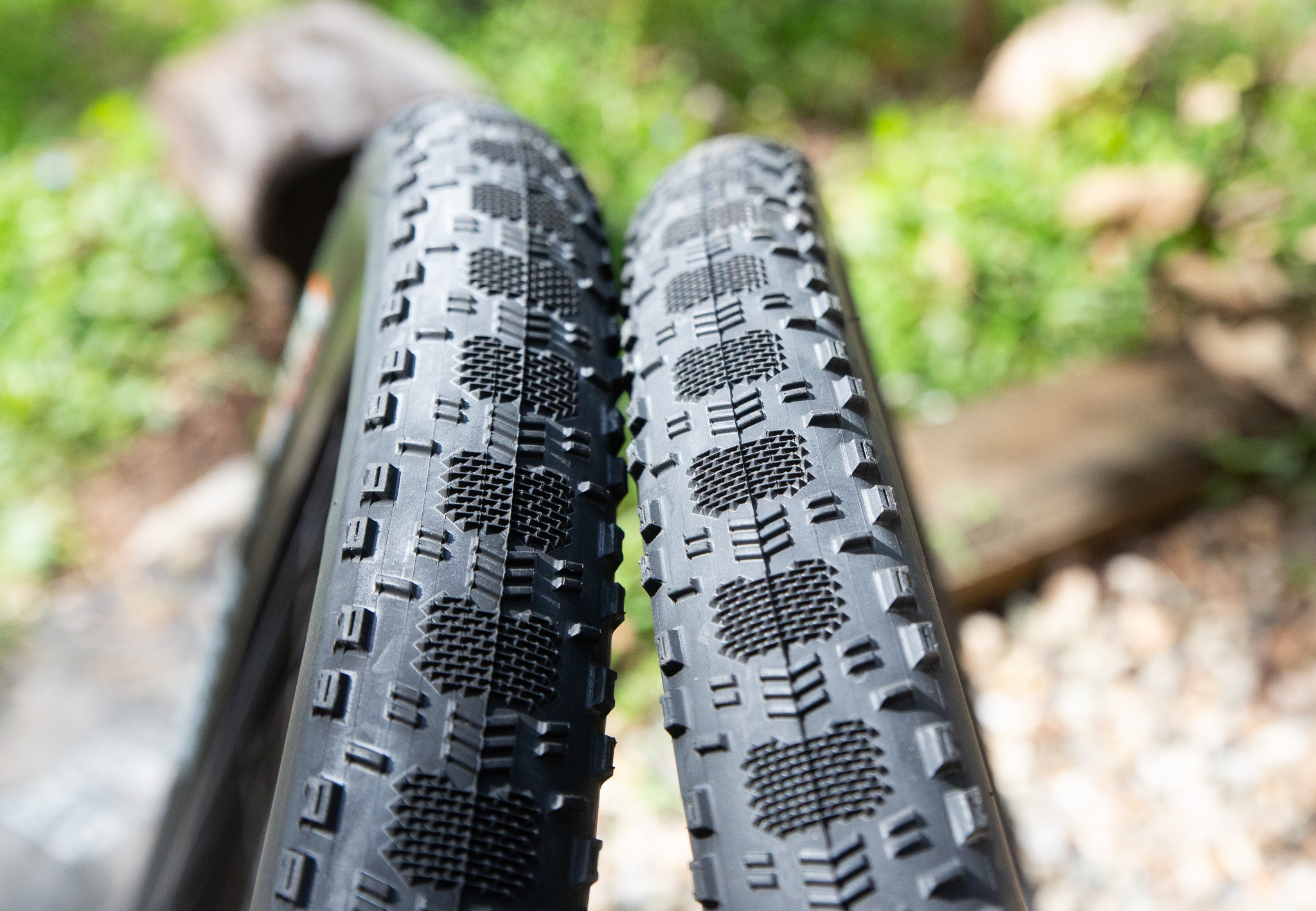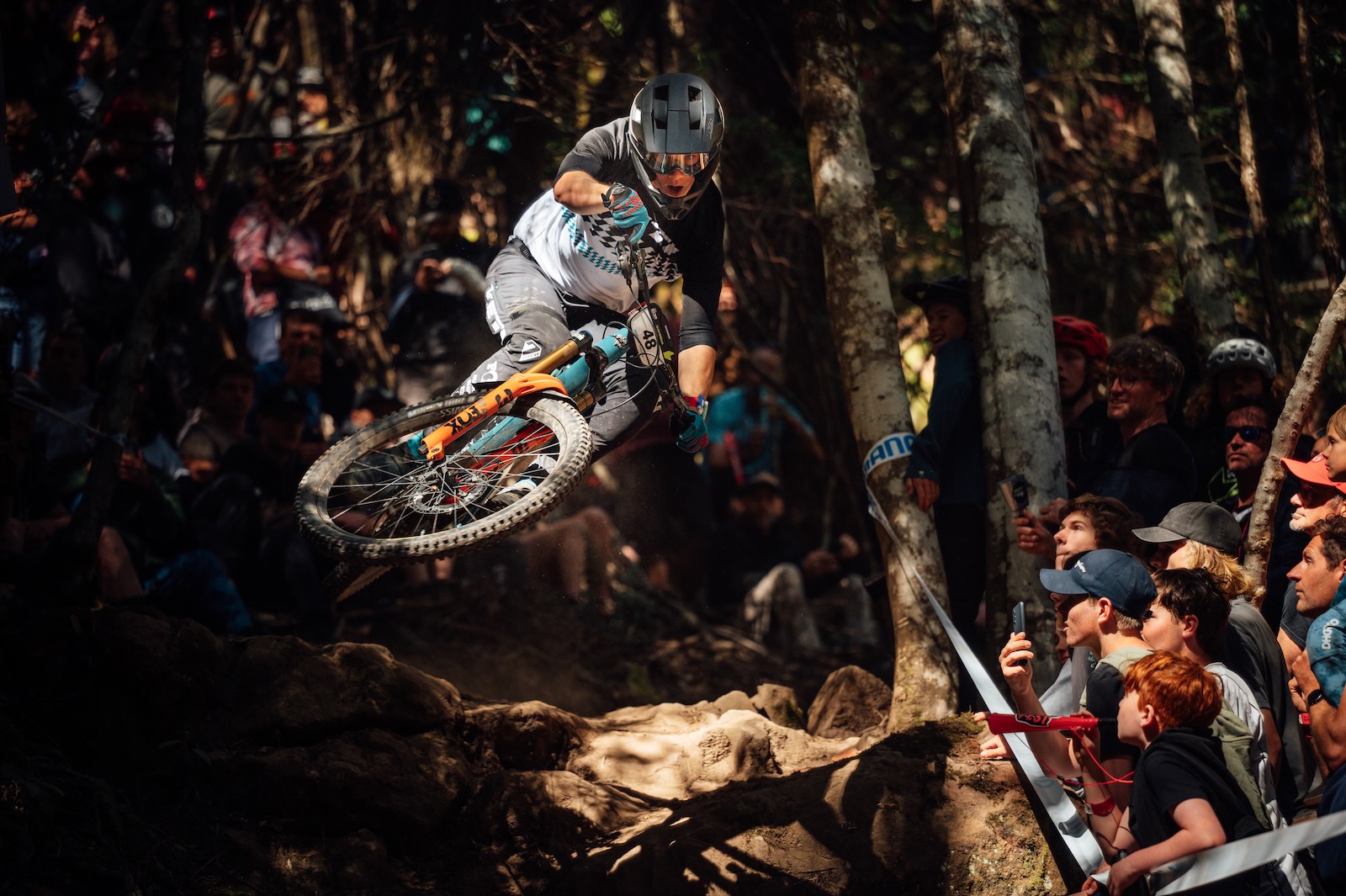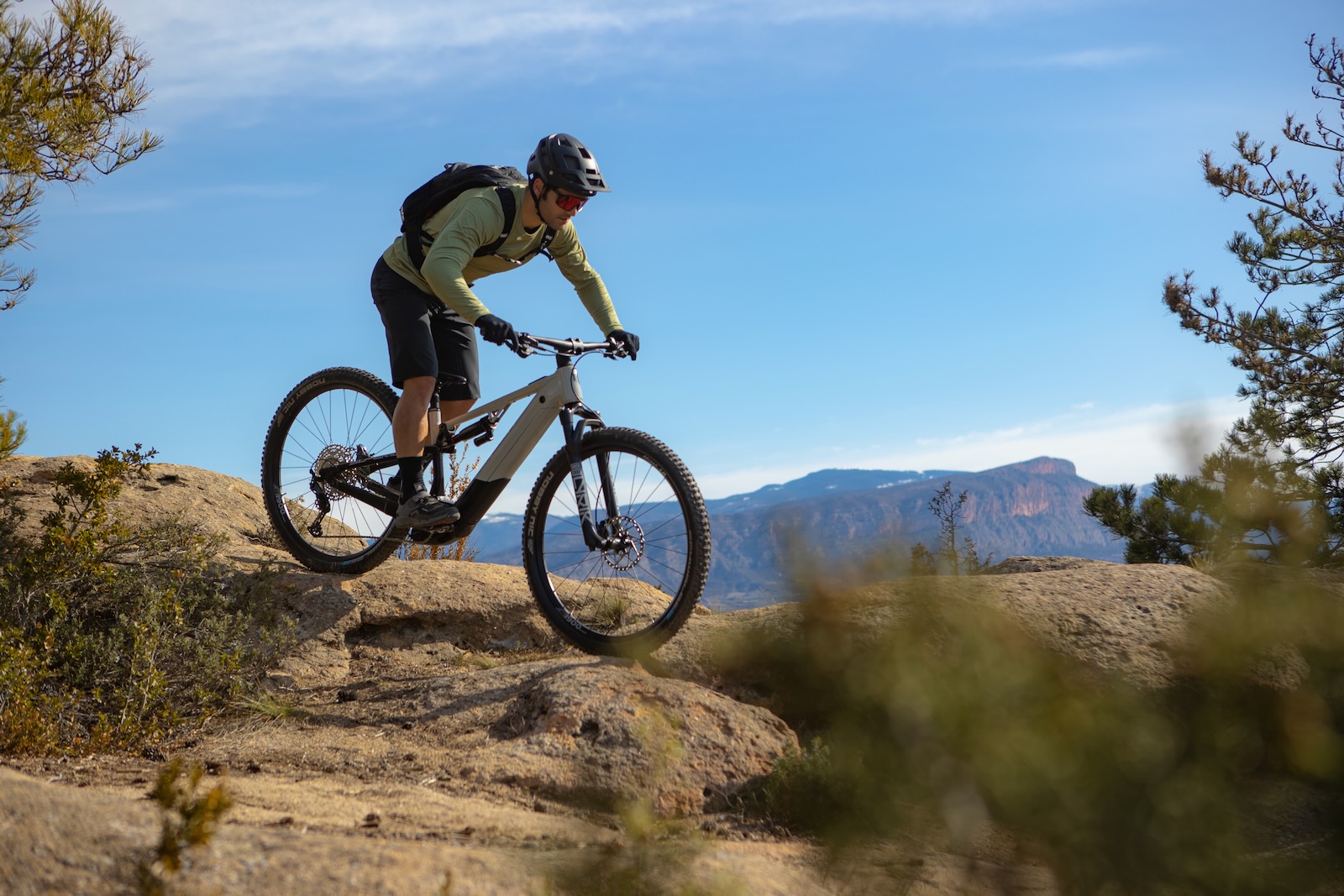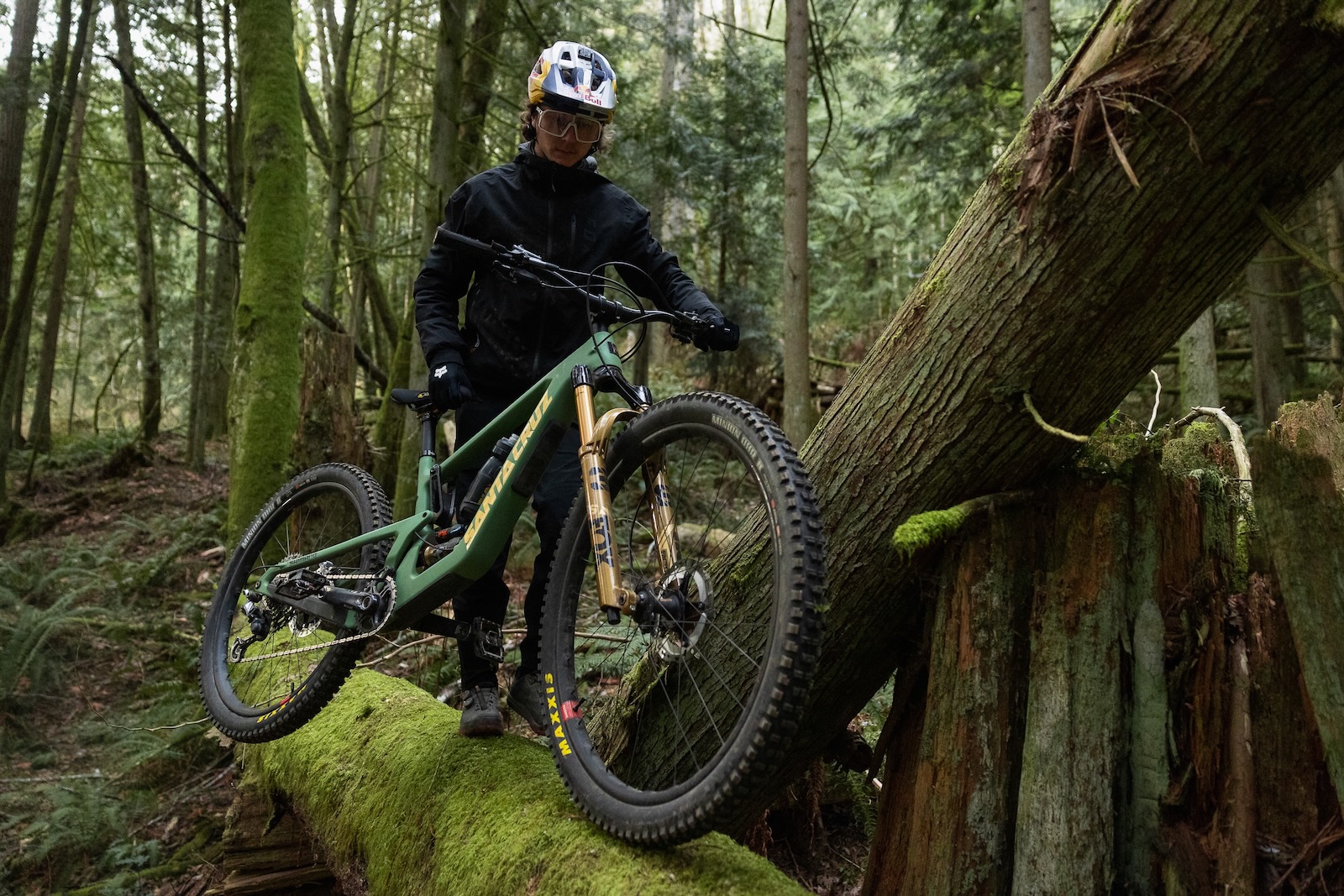Kali Protectives Takes On MIPS With New Helmet Tech
Kali Protectives are a pretty young helmet company, but they're hard at work to make sure the best technology is used to protect your head.
Based out of Morgan Hill in California, Kali Protectives might not have been around as long as some other helmet companies, but what they lack in overall age, they make up for with innovative and unique technologies. Owner, operator and lead engineer for Kali, Brad Waldron, is 100% driven by the desire to create safer and better protection for cyclists to reduce the potentially damaging effects of an over-the-bars excursion. As such, he’s on the constant hunt for new materials and construction techniques that can help your helmet better manage impact forces so that your brain doesn’t have to. Kali make an extensive range of helmets for mountain bikers, dirt jumpers and downhill shredders. Admittedly we don’t hear a whole lot about Kali in Australia, but the brands presence is slowly beginning to build. AMB readers will likely be familiar with the Maya Enduro helmet that was released last year, or the impressive Shiva Downhill helmet, which is regarded as one of the lightest full-face helmets on the market. At the other end of the spectrum is their road/XC helmet, the Maraka, which is without doubt one of the most comfortable helmets I’ve had the pleasure of wearing over the past 12 months.
While Brad started out his career in Aerospace R&D, he also has a long history in the mountain bike industry that provided him with the perfect platform to launch Kali Protectives. In a previous life he has helped start up manufacturing plants in China, and so he has a strong engineering connection with the people who are helping him to develop those new materials and the end product. Far from being a company that simply designs a helmet shape on a computer and sends it off to a 3rd party factory, Kali has a much deeper involvement in each of their helmet’s development from the initial design and testing phase, right through to the finished product.

Kali is the sort of company that isn’t afraid to do things differently to the status quo, providing they can provide a significant advantage over their competition. And that is very much the case with their latest helmet, the TAVA. Shown for the very first time during PressCamp last week in Park City, Utah, the new TAVA helmet is the first aero helmet from Kali, which is a little odd in itself given the company is largely focussed on the dirt. However, as Kali have stated themselves, they want to be a complete helmet company with options from the entry level, to the high-end, from dirt jumping through to road cycling. If they can create a product that helps protect a riders head, they’re into it. The TAVA might also be an unusual helmet to feature for a mountain bike website, but bear with us here; there’s some fascinating technology going on here that you’re going to want to know about…

Aside from being the first aero road helmet they’ve produced, there’s a lot more interesting technology underneath the hood of the TAVA helmet than initially meets the eye. Thankfully during PressCamp, Kali had a cutaway TAVA that helped highlight exactly what they’ve got going on internally that makes it such an interesting lid. Like the Maraka XC helmet I’ve been wearing and the Shiva full-face downhill helmet, the TAVA makes use of Kali’s Composite Fusion Plus technology. Not familiar with Composite Fusion Plus? It’s essentially referring to a sandwich construction that pairs standard density EPS foam with a softer low-density foam into the same shell. This is evident in the white mid-layer of the helmet, which uses tens of tiny ‘cones’ that protrude outwards into the grey EPS foam layers.

During an impact, these little thimble-sized cones deform and distribute impact energy laterally, which helps the helmet to absorb the hit rather than have that energy make its way through to your skull. The design of these little cones was pioneered by an Australian professor called Don Morgan, and Kali make use of this “Conehead” technology in all of their high-end road and mountain bike helmets that feature the Composite Fusion Plus design. It’s a more expensive way of manufacturing, but it also offers some secondary benefits. Firstly, that white material is new for Kali and it’s called ‘Matex’. It’s a synthetic polymer that offers multi-impact capability, meaning you can hit it multiple times before it experiences significant deformation to warrant replacement. The Matex material was first debuted last year in Kali’s dirt jump/skate helmet, but it’s now making it’s way into the TAVA too. One of the other benefits of the Composite Fusion Plus design is that the rest of the EPS foam can be made of a softer density to allow for even greater impact absorption. Brad is a big fan of getting softer foam surrounding a riders head, so that your helmet can act like a sacrificial crumple zone used in a car. The byproduct of using this softer density EPS foam means that Kali’s helmets are also very light and they’re also quite streamlined too.
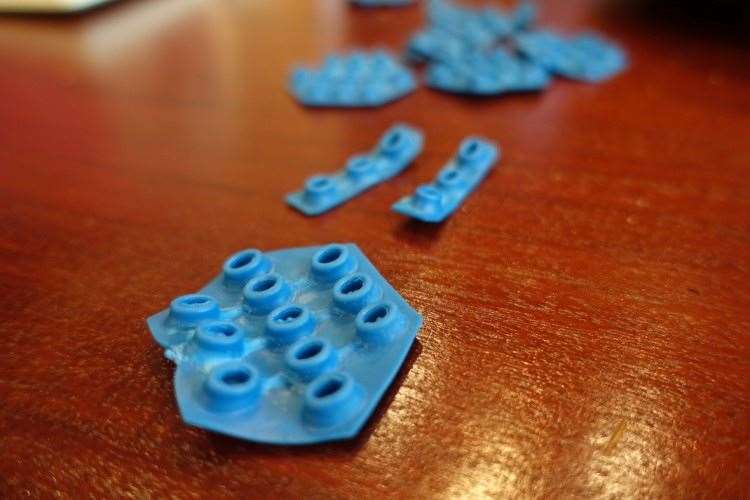
The biggest news with the new TAVA helmet however, are these clever blue dots. Made from a soft material called Armourgel, these panels of little blue octopus suckers were brought into place to offer a new level of protection in the TAVA. While many helmet companies are currently turning towards the MIPS system to provide protection from rotational violence, Brad believed that there were better options available. Labelled as “Bumper Fit 2.0”, these little blue dots are designed to allow the helmet to rotate a certain degree around your skull during an impact where you hit the ground on an angle. This type of impact is known as a rotational impact, and it’s becoming a more important issue as helmet companies realise how much of an effect it can have on a riders brain as it rotates inside their skull. Current helmet testing standards have little consideration for rotational forces, and simply concentrate on direct impacts. As such, there are no guidelines in place for tackling rotational impacts, and so Kali decided to do some testing of their own.
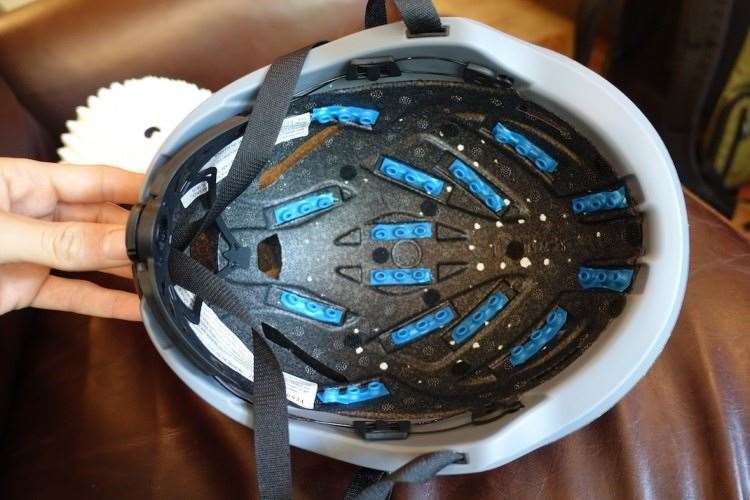 Those panels of blue dots provide an extra degree of absorption and cushioning between your noggin and the helmet’s shell. However, the true genius of their design is during a rotational impact, where they allow the helmet to rotate around the riders head to minimise the effect of a rotational impact when you might hit the ground on an angle.
Those panels of blue dots provide an extra degree of absorption and cushioning between your noggin and the helmet’s shell. However, the true genius of their design is during a rotational impact, where they allow the helmet to rotate around the riders head to minimise the effect of a rotational impact when you might hit the ground on an angle. Kali built a custom test rig in order to see how effective their Bumper Fit 2.0 design is in managing rotational impacts. Note the angle of the impact surface that’s designed to simulate how a rider might hit the ground during a crash. Rarely do riders hit their heads with a direct impact, which is the most common form of helmet testing. Kali’s research into rotational forces is helping them to design their helmets to be better ready for this kind of impact.
Kali built a custom test rig in order to see how effective their Bumper Fit 2.0 design is in managing rotational impacts. Note the angle of the impact surface that’s designed to simulate how a rider might hit the ground during a crash. Rarely do riders hit their heads with a direct impact, which is the most common form of helmet testing. Kali’s research into rotational forces is helping them to design their helmets to be better ready for this kind of impact.
As Kali went deeper into testing, they began to find the advantages of their Bumper Fit 2.0 design and how it mitigated rotational forces. As you can tell in the above graph, the design provides a significant improvement over their standard helmet design. When you compare their design to the current market leader of anti-rotational technology (we’re sure you can guess who that might be…), Kali’s design comes out on top. What Kali also found with their design, is that Bumper Fit 2.0 doesn’t just provide protection from rotational forces, it also provides an extra degree of cushioning and so it assists with lessening the impact of direct impacts too. So it’s really a win-win design. If you’re having trouble interpreting the graph, we’ll make it simple: Less G-Forces experienced underneath the helmet shell equals less chance of concussion.
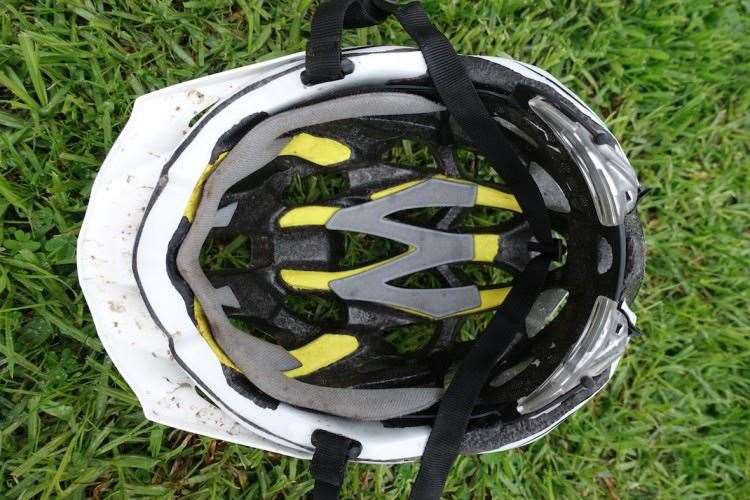
If you’re wondering where the Bumper Fit 2.0 name came from, it’s an extension of Kali’s current helmet technology called (you guessed it) Bumper Fit, which is found in the current Maraka XC model that’s pictured above. The original Bumper Fit design sees a super soft yellow foam used for the inside of the helmet shell, where it is closest to the riders skull. Acting almost like a memory foam, this yellow material not only makes the helmet feel super comfortable and cushy to wear, it also provides a massive improvement to energy dissipation during an external impact. The soft foam deforms and helps with slowing down the acceleration of the riders head when taking a trailside tumble.
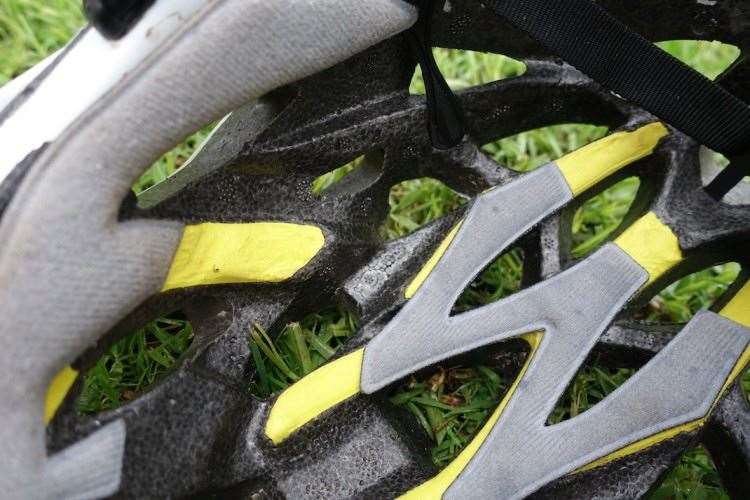 Those yellow panels are the original Bumper Fit design found in the current Maraka XC helmet. Made from super soft density foam, the Bumper Fit design helps to cushion the riders head during an impact, while dissipating energy and assisting with deceleration. The blue dots of the Bumper Fit 2.0 design is merely an extension of this protection system.
Those yellow panels are the original Bumper Fit design found in the current Maraka XC helmet. Made from super soft density foam, the Bumper Fit design helps to cushion the riders head during an impact, while dissipating energy and assisting with deceleration. The blue dots of the Bumper Fit 2.0 design is merely an extension of this protection system.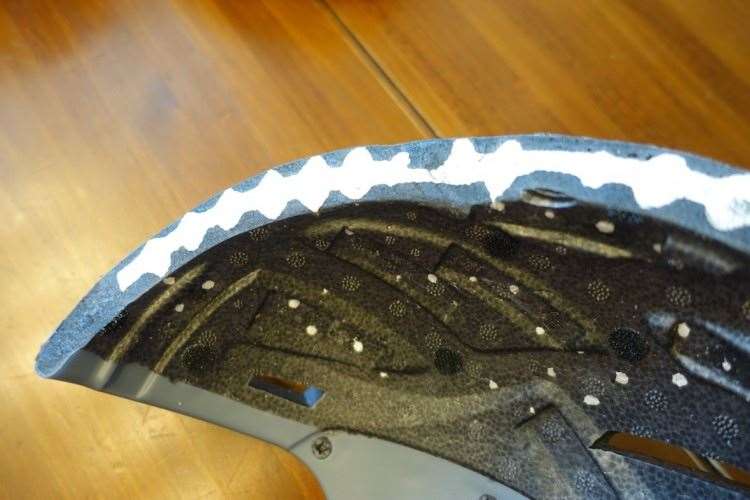 Note the white conehead layer sandwiched in the middle of the TAVA’s EPS shell. The small white dots found on the inside of the helmet are the tips of the cones from that middle layer.
Note the white conehead layer sandwiched in the middle of the TAVA’s EPS shell. The small white dots found on the inside of the helmet are the tips of the cones from that middle layer.You might be looking at that TAVA helmet and thinking; “that could be a pretty rad helmet to double up for road riding and XC racing”, and you’d be right. The TAVA is of course brand new and we’re still yet to have confirmation of it being put through Australian helmet certification, which is regarded as some of the most stringent (and frustrating) helmet standards in the world. That said, I’ve got my fingers crossed that the TAVA makes it down under, as it’s a wicked lid. But even if the TAVA doesn’t makes it into Australia, it’s still an exciting development nonetheless. Kali are always working on new helmet technologies that they aim to integrate into the rest of their helmet line, so we’re likely to see a trickle effect throughout the range. The Bumper Fit 2.0 design has some substantial benefits that will work for all types of riding, so expect to see it adopted in the future on other models. There are already a range of Kali helmets available in Australia, and from our experience, they’re a brilliant product. In fact, the Maraka XC is my favourite mountain bike helmet by far, both from a comfort and protection perspective. When Kali do eventually add in the Bumper Fit 2.0 design into the Shiva and Maraka XC helmet, they’ll have some serious competitors to the current crop of MIPS-enabled helmets currently hitting the market.
For more information on Kali helmets in Australia, check out www.kalihelmets.com.au. You can also visit www.velogear.com.au for purchasing online, or phone Bicorp for your closest stockist on 1800 810 155.

